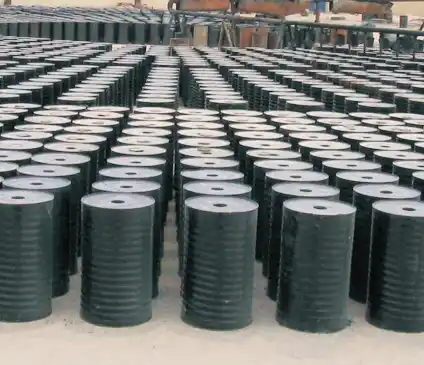
Bitumen
Bitumen is a tarlike mixture of hydrocarbons derived from petroleum naturally or by distillation and used for road surfacing and roofing. Bitumen is an engineering material and is produced to meet a variety of specifications based upon physical properties. Bitumen is the residual product from the distillation of crude oil in petroleum refining.



